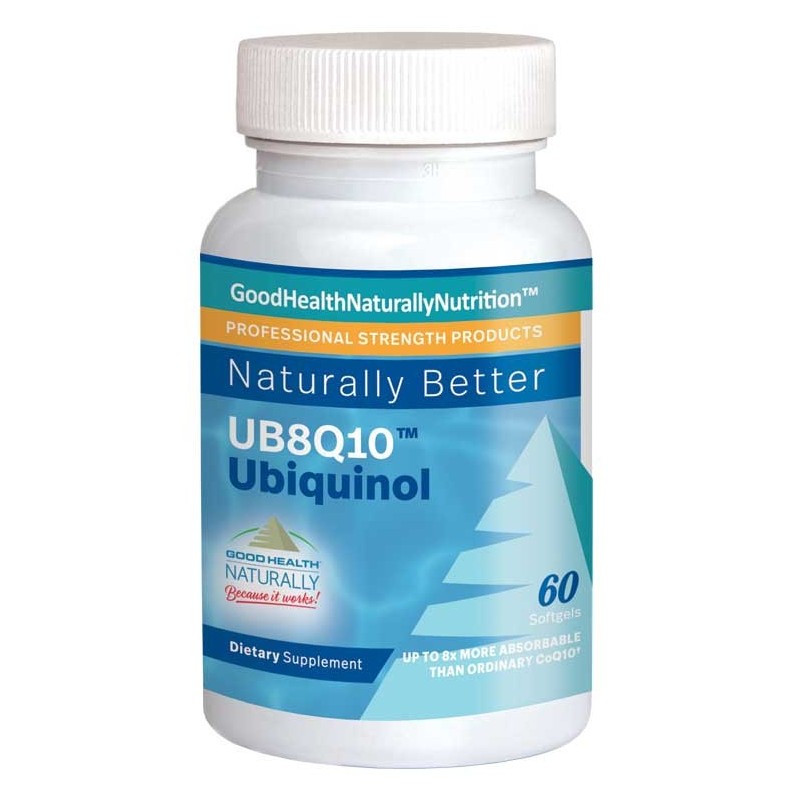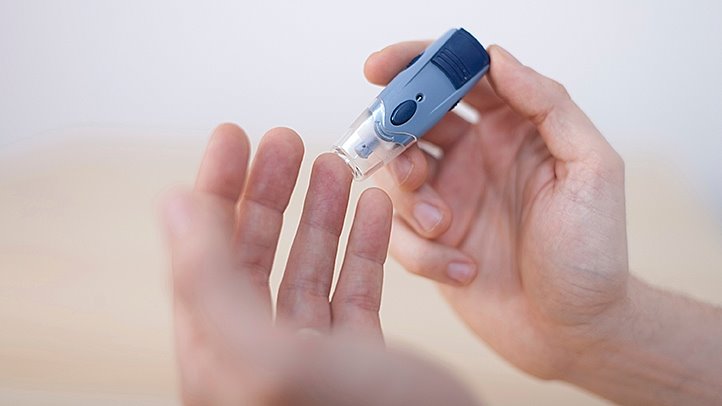Cataracts are one of the most common eye problems amongst older people and the leading cause of sight loss globally, even in younger people. It accounts for 51% of world blindness.
By age 65, you have a 50 percent chance of developing a cataract and by age 75, it jumps to 70 percent.
The lens at the front of the eye is normally crystal clear and adjusts its shape to focus light to the retina. Over time, the proteins in the lens can change, clumping together and becoming cloudy. This happens slowly over a number of years and most people are unaware of it until it is mentioned at a regular eye check.
Many people are told they have the start of a cataract, meaning that some changes to the proteins have been noted. This does not necessarily mean that a cataract will develop, as some small changes are a natural process.
What are the Symptoms?
You may notice a dimming of intensity in your vision, with colours not so vibrant.
There may be blurring, with images less sharp. You may want to rub your eye, but find that it doesn’t help. Night vision will also deteriorate.
Looking at a bright light, it may have a starburst appearance, with rays of light emanating from the centre, or a halo effect. This is often noticed when driving and seeing oncoming headlights. Strangely, close vision may initially improve as distant vision fades.
What Causes Cataracts?
Like any other part of the body, the eye is dependent on nutrition and is susceptible to toxins and free radicals. For example eating meat and starchy/sugary foods together glycates proteins creating Advanced Glycation End products (AGEs) damaging all of the body, including the eye.
Some cataracts can develop as side effects of other conditions, such as diabetes, retinitis pigmentosa, rubella and herpes.
They can result from medical treatment and drugs, e.g. prolonged steroid treatments, diuretics and radiation. They can also result from accidental trauma.
Two other specifically known causes are prolonged exposure to strong sunlight and cigarette smoking.
What Can I Do About It?
A healthy diet full of natural antioxidants found in rich vegetables and dark skinned fruits is key to the health of the eyes. See www.ReallyHealthyFoods.com.
Supplementing with good sources of Glutathione, Curcumin and natural Vitamin C (Camu Camu) are good examples. Vitamin E is also important.
Lifestyle changes:
- Not smoking
- Limiting or eliminating use of corticosteroids, major tranquilizers and diuretics
- Protecting eyes with quality sunglasses, especially if you live at a high altitude or spend a lot of time outdoors
- Avoiding alcohol abuse
Research by Russian scientists has identified that a key element in the lens is L-Carnosine, which helps to break down oxidation and the protein clumps in the lens.
It is not possible to apply L-Carnosine directly as it would be broken down before it was able to help.
The only way to apply this important compound is in the form of N-Acetyl Carnosine (not to be confused with N-Acetyl Cysteine, as they are both shortened to NAC).
Research and ongoing feedback from customers has shown the only product to supply N-acetyl Carnosine in a fully absorbable form is Can-C drops.
Human trials have shown that:
N-acetylcarnosine eye-drops applied for 6-months, (twice daily into the eye), in patients all suffering from senile cataract, had the following results:
- 88.9% had an improvement of glare sensitivity.
2. 41.5% had an improvement of the transmissivity of the lens.
3. 90% had an improvement in visual acuity.
Treatment with NAC is particularly effective when used in the early stages of cataracts, where symptoms are apparent, but before substantial sight loss is experienced.
As with all eye problems, great benefit can be had with the use of the HealthPoint MicroCurrent Stimulator and the manual lists six points for the treatment of cataracts.
For a full treatment plan see: http://www.goodhealthhelpdesk.com/index.php?/HelpDeskDirect/Knowledgebase/Article/View/1920/70/cataracts-health-plan
Conclusion
The most frequently used treatment for Cataracts is surgery, where the lens is replaced with a plastic one. This is generally safe and effective for 97% but 2-3% can end up worse. The flexibility and focusing power also does not match that of the original.
Surgery is only offered after several years of impaired vision, so do consider implementing the above plan as soon as you are diagnosed, or to avoid the problem completely.
David Meyer
Eye Health Coach





I had a cataract operatioln 2 years ago but the same symptoms are returning. Should I
start the treatment that you suggest or have the operation again. Thank your for your advice
Gray
Dear Gray, my advice would be to follow the cataract health plan as closely as you are able. You can see the plan summary overview again here: http://goodhealthhelpdesk.com/index.php?/HelpDeskDirect/Knowledgebase/Article/View/1920/70/cataracts-health-plan
Plus follow the dietary info to the letter. This info can be found at these links:
http://goodhealthhelpdesk.com/index.php?/HelpDeskDirect/Knowledgebase/Article/View/9/9/really-healthy-foods
http://goodhealthhelpdesk.com/index.php?/Knowledgebase/Article/View/2521/0/the-importance-of-daily-smoothies
http://www.reallyhealthyfoods.com
Finally, it may interest you to know that we have our full acupressure info at http://www.dovehealth.com, with specific sections on eye health application.
To ensure you can follow any part of our advices easily, within your budget, and to monitor your progress, we have free real-time telephone/Skype coaching support. Just submit your interest online at http://www.MyGoodHealthClub.com, phone http://www.GoodHealthNaturally.com direct (see our website for your local number), or email our Health Coaching Administrator direct at Joanna@MyGoodHealthClub.com.
Best of Health
Your Good Health Coaching Team
WHERE CAN THESE DROPS BE PURCHASED?
You can purchase the drops from one of these sites:
http://www.goodhealthnaturally.com
http://www.goodhealthusa.com
http://www.goodhealthoz.com
http://www.goodhealthcanada